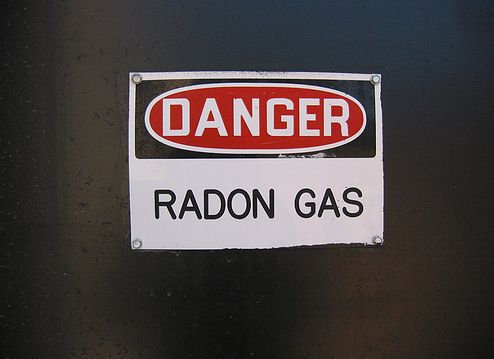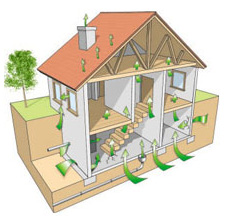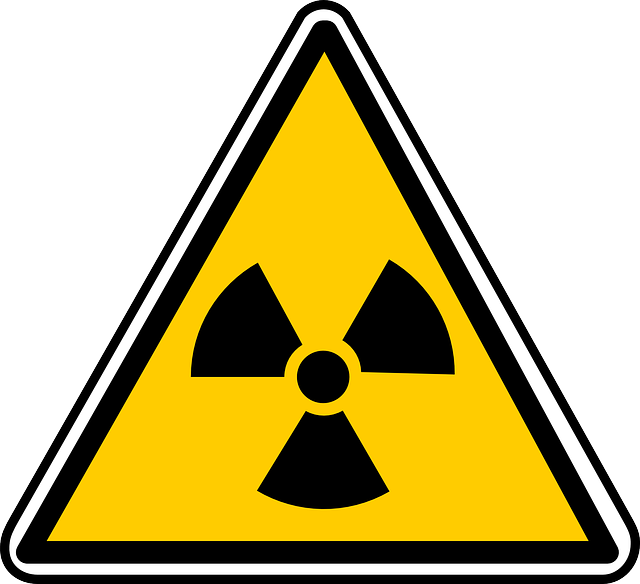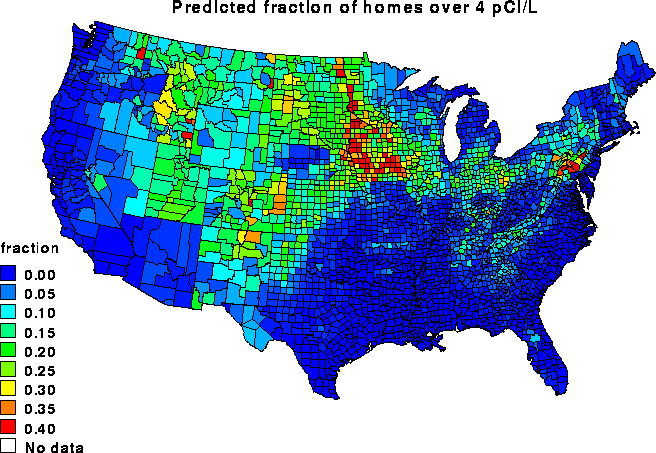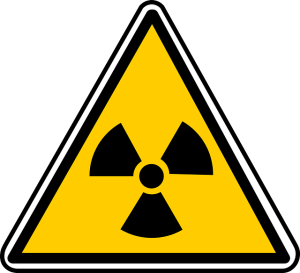Why Radon Shouldn’t Be Ignored
It’s difficult to understand how something we can’t see or smell can pose such a risk to our health. What’s truly scary is realizing just how harmful to our health it can be, and unlike carbon monoxide, has no immediate symptoms of exposure. Yet, most of us have at least 1 carbon monoxide detector in our homes while not giving radon detection a second thought.
Radon is the number 1 cause of lung cancer among non-smokers. According to the EPA, nearly 1 in 3 homes in a seven-state region had screening levels over 4 pCi/L, the EPA’s recommended action level for radon exposure. Seven out of ten homes in Iowa have high radon levels and approximately 400 Iowans die each year from exposure to this naturally produced gas. Some scientific studies are now showing children may be even more sensitive to radon due to their higher respiration rate and their rapidly dividing cells. More and more families are also making their basements primary living spaces and bedrooms for their children.
The primary routes of potential human exposure are inhalation and ingestion. Radon in the ground, groundwater or building materials introduced to working and living spaces and disintegrates into its decay products. Inhalation exposure is typically more likely and more important than ingestion.
Dr. Peter Sandman, a risk communication expert, writes that Risk = Hazard + Outrage. With very little, if any, outrage over radon exposure our human nature perceives it as less of a risk. After all, it’s a naturally occurring gas so there’s no one to be angry with. Lack of outrage translates to lack of action.
Let’s flip things around a bit. What if your place of employment, your children’s daycare or school didn’t do radon testing. Or worse, what if they tested, levels were high and they didn’t disclose it. You’d be outraged…you’d demand ACTION. The risk would feel HUGE.
Radon mitigation or the process of “fixing” a home that has elevated radon levels is comparable to other minor home repairs and it’s invaluable simply for the peace-of-mind knowing you’re not exposing yourself or your family to this harmful radioactive gas.
 Our Response to COVID-19
Our Response to COVID-19 

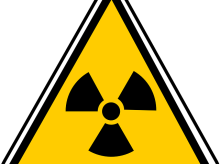
 It’s great to know that kids get it. Radon is dangerous, and they are trying to do something about it. The State of Iowa Youth Advisory Council help to champion a bill to make sure that Iowa schools are tested for radon levels. This group of students researched and learned about the effects of radon which is a carcinogenic gas that occurs in Iowa in levels you don’t see just about anywhere else in the United States. Every single one of the counties in Iowa are at an elevated risk of radon exposure.
It’s great to know that kids get it. Radon is dangerous, and they are trying to do something about it. The State of Iowa Youth Advisory Council help to champion a bill to make sure that Iowa schools are tested for radon levels. This group of students researched and learned about the effects of radon which is a carcinogenic gas that occurs in Iowa in levels you don’t see just about anywhere else in the United States. Every single one of the counties in Iowa are at an elevated risk of radon exposure. So make sure you are educating your children. The more people talk about radon and it’s dangers, especially to our children in their schools, the sooner it will get done. Also, contact your local government representatives and push for this type of legislation to be approved. Our kids tried to stand up for other kids in our state. Now we need to as well! If you have questions about radon, the dangers of radon, or if you want to have
So make sure you are educating your children. The more people talk about radon and it’s dangers, especially to our children in their schools, the sooner it will get done. Also, contact your local government representatives and push for this type of legislation to be approved. Our kids tried to stand up for other kids in our state. Now we need to as well! If you have questions about radon, the dangers of radon, or if you want to have 